However, many people are still wondering about the operating mechanism, especially whether this technology causes radiation contamination or changes the nutrition of agricultural products and food. To clarify this issue, Agriculture and Environment Newspaper discussed with Mr. Tran Minh Quynh - Deputy Director of Hanoi Irradiation Center (Vietnam Atomic Energy Institute, Ministry of Science and Technology ).
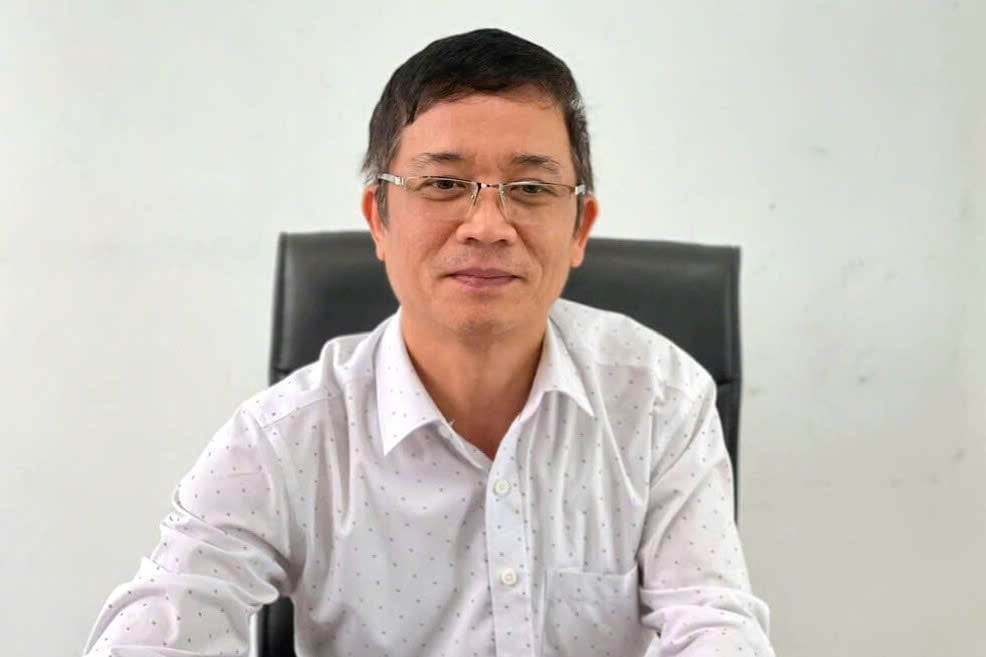
Mr. Tran Minh Quynh - Deputy Director of Hanoi Irradiation Center. Photo: Thu Thuy.
In the context of globalization and increasingly stringent requirements for food safety, irradiation technology has emerged as a breakthrough solution. Could you please tell us how food irradiation works to kill microorganisms without causing radiation contamination or negative nutritional changes?
Irradiation is a physical process that uses ionizing radiation, primarily gamma rays or electron beams, to treat food. When food is irradiated, ionizing radiation transfers energy and affects the object in two main ways.
The first is to directly affect living cells such as bacteria, insects and parasites, destroying their DNA and inhibiting their ability to reproduce.
The second is the indirect effect through the decomposition of water and material molecules in food, creating highly reactive free radicals, thereby destroying microorganisms.
The key to the safety of this technology is that the food processing is completely free from radiation. Furthermore, the radiation energy used is not large enough to cause contamination. This is why food irradiation has been proven to be safe and effective, and is widely used in more than 60 countries.

Practice measuring EB (Electron Beam) radiation dose at the Center for Research and Development of Radiation Technology (Vinagamma). Photo: Thu Thuy.
However, dose control is crucial to preserve the quality and nutrition of agricultural products and foods. High dose irradiation can cause denaturation of some components such as fatty acids, proteins or vitamins. Therefore, each type of food needs to be treated within a defined dose range to optimize sterilization efficiency without reducing nutritional value.
So what does irradiation mean in helping Vietnamese agricultural products penetrate demanding international markets?
In the context of global competition, the economic benefits of food irradiation for Vietnamese agricultural products are undeniable. Specifically, irradiation acts as a mandatory quarantine treatment to help agricultural products penetrate demanding markets.
Some insects and pests can survive in agricultural products and have the risk of becoming exotic pests when entering other countries. Therefore, demanding markets such as the US, Australia, New Zealand, Chile, etc. require agricultural products to be quarantined and irradiated, considering this as the top priority quarantine method.
The successful application of irradiation quarantine method has allowed many of Vietnam's key fresh fruits such as dragon fruit, rambutan, mango, lychee, longan, star apple, and grapefruit to be successfully exported to these markets.
This not only helps expand the agricultural export market but also increases farmers' income, while contributing to reducing the use of chemicals, towards green and sustainable agriculture.

Irradiation of lychee before export at Hanoi Irradiation Center.
Controlling radiation dose is key to ensuring both pest control effectiveness and product quality. Could you elaborate on your method of controlling radiation dose?
To ensure effective disinfection while maintaining product quality, radiation dose control must be carried out with high precision. Depending on the irradiation dose, we can reduce or completely control harmful organisms.
According to the FAO/IAEA/WHO recommendations, the usual irradiation dose is below 10 kGy. However, many studies have demonstrated that higher doses, even up to 30 kGy, can be applied to some foods. In special cases, doses of 45 - 75 kGy have been studied for the production of sterile meals for transplant patients or astronauts.
Therefore, the irradiation dose needs to be customized for each type of food and different processing purposes. Controlling the irradiation dose is a technical process that includes calculating and mapping the dose for each product before each processing batch, then using appropriate dosimeters.
The ultimate goal is to ensure that all parts of the product receive an absorbed dose that falls within a safe and effective range, defined between the minimum dose (Dmin) and the maximum dose (Dmax).

EB irradiation equipment system at the Center for Research and Development of Radiation Technology Applications. Photo: Thu Thuy.
In the field of preserving medicinal materials and oriental medicine ingredients, irradiation is being recommended as an alternative to chemical treatment. Why is there this priority, sir?
Another area where irradiation technology is being encouraged to be applied is the preservation of medicinal herbs and traditional Chinese medicine ingredients as an alternative to traditional chemical treatment methods.
The reason for this change is clear: irradiation treatment does not leave any residue in the product. Ionizing radiation only transmits energy to kill microorganisms without remaining on the product.
On the contrary, chemical treatment, even in trace form, still has the risk of sticking to the surface or penetrating deep into the medicinal materials. With strict requirements for purity in the medical industry, the complete elimination of the risk of chemical residues is an outstanding and absolute advantage of irradiation technology.
The 2025 Atomic Energy Law is expected to have a major impact. How do you assess the impact of this Law on the expansion of irradiation technology applications in Vietnam?
The new law has provided more specific and detailed regulations on the management, licensing and control of safety and security of radiation sources. This creates a stable legal framework, helping organizations and businesses feel more secure when investing in research and development (R&D) of irradiation technology.
In addition, the Law also has a mechanism to support R&D, paving the way for new applications and strongly promoting existing applications such as food irradiation and medical sterilization.
Thank you very much!
"Enhancing communication to raise public awareness about the safety, efficiency and role of promoting green economy and sustainable development of irradiation technology will certainly have a positive impact on the development of atomic energy applications in general and irradiation treatment in particular in Vietnam."
(Mr. Tran Minh Quynh).
Source: https://nongnghiepmoitruong.vn/cong-nghe-chieu-xa-cap-visa-vang-cho-nong-san-viet-d777426.html


![[Photo] Ca Mau "struggling" to cope with the highest tide of the year, forecast to exceed alert level 3](https://vphoto.vietnam.vn/thumb/1200x675/vietnam/resource/IMAGE/2025/11/04/1762235371445_ndo_br_trieu-cuong-2-6486-jpg.webp)
![[Photo] The road connecting Dong Nai with Ho Chi Minh City is still unfinished after 5 years of construction.](https://vphoto.vietnam.vn/thumb/1200x675/vietnam/resource/IMAGE/2025/11/04/1762241675985_ndo_br_dji-20251104104418-0635-d-resize-1295-jpg.webp)

![[Photo] Ho Chi Minh City Youth Take Action for a Cleaner Environment](https://vphoto.vietnam.vn/thumb/1200x675/vietnam/resource/IMAGE/2025/11/04/1762233574890_550816358-1108586934787014-6430522970717297480-n-1-jpg.webp)
![[Photo] Panorama of the Patriotic Emulation Congress of Nhan Dan Newspaper for the period 2025-2030](https://vphoto.vietnam.vn/thumb/1200x675/vietnam/resource/IMAGE/2025/11/04/1762252775462_ndo_br_dhthiduayeuncbaond-6125-jpg.webp)








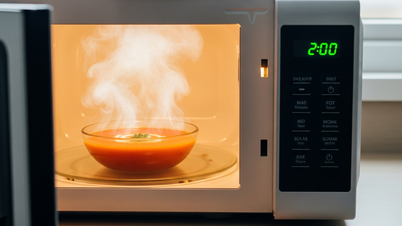




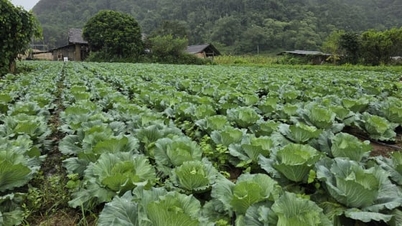
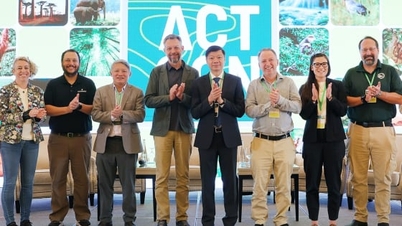









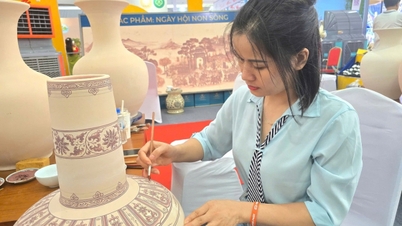


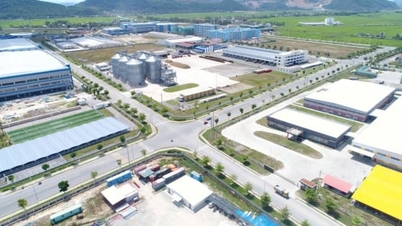
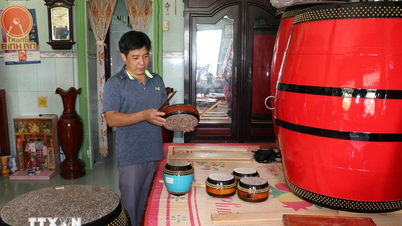
































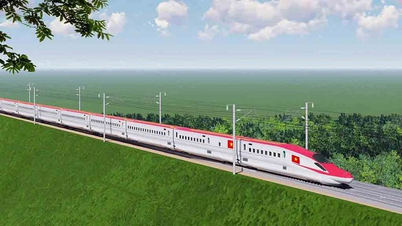
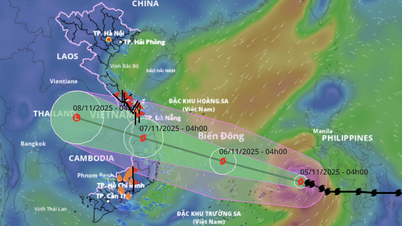



































Comment (0)